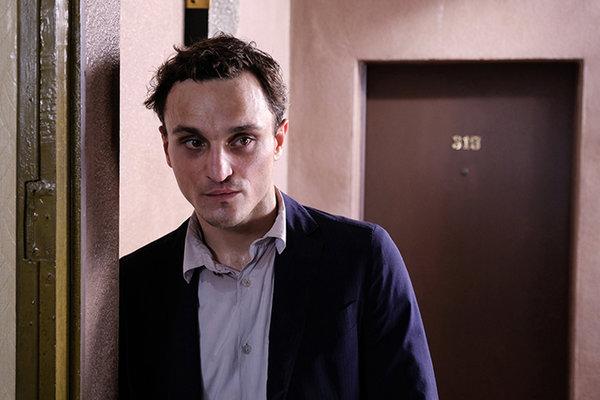Picture Source: The New York Times
Do not be deceived by its title – the characters in “Transit” are hopelessly stuck. This is a film about waiting. Yet the film itself is not at all static, as it possesses a fresh fluidity that will stun the unprepared mind. What seems to be a period thriller at first glance in reality was a startling meditation on human relationships and what it means to be a refugee.
“Transit,” directed by Christian Petzold, treads a tried-and-true era of history, the Nazi invasion of Europe, focusing on the panicked days of the gradual occupation of France. Georg, played by Franz Rogowski, is looking for a way out of the mess Europe is in, just like everyone else. In order to receive help leaving Europe, Georg promises to deliver some letters and visas to a writer. But Georg is too late. When he arrives at the hotel the writer is staying at, he learns that the writer has recently killed himself.
As dire circumstances press him, Georg ends up assuming the writer’s identity. Although his mission to leave the country remains, Georg becomes emotionally entangled with the writer’s wife, Marie (Paula Beer), who is desperately searching for the husband she believes to be alive. He also develops intense attachments to Driss (Lilien Batman) and Melissa (Maryam Zaree), a little boy and his deaf mother who are refugees from North Africa.
The plot is rather web-like, so the bare mechanics of it are difficult to describe. But that is no matter, as the relationships between the characters are clear and powerful, and there is such love between strangers in this story. The understanding, as a voice-over acknowledges, is that all the refugees in transit have stories to tell, and one ought to listen to these stories with urgency. Their stories are meant to be told.
The film started with the immersive trappings of 1940s France, the well-known atmosphere generated by fedoras, cigarette smoke and worried foreheads. To root it even further into that world, the film’s source material is a 1944 novel by Anna Seghers. But as the film progressed, the 21st century crept in.
At first it was subtle. The film threw in modern details, including characters wearing graphic T-shirts, rooms furnished with digital clocks and the Papyrus font on a restaurant sign. An initial glance might suggest a lazy filmmaker unwilling or unable to commit to proper world building.
But as it began to grow more noticeable, as the cars and ships and military uniforms appeared unabashedly contemporary, it becomes obvious that the presence of the 21st century was entirely intentional. At that, my grimace was gone, replaced by a rare, fizzy elation.
The true world of “Transit” is not Europe of the 1940s. In fact, any specific foe goes mostly unacknowledged. Though thematically dark, “Transit” is a sun-kissed synthesis of the painful past and the equally painful present. A familiar story illuminates the film’s true world, the world of today. The present still reels with the old pain of new refugees, and it is populated with the ghosts of those eternally in transit.








